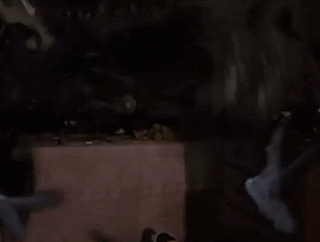Pygmy Nuthatch
Natural Bridges State Park, San, California, USA
November 2015
Member of the Nuthatch Family
§A Jar of Nuthatches§
~true bird fact~ A very family oriented type, Pygmy Nuthatches are one of very few birds that have what are called "Nest Helpers". These are relatives of the bird that help with raising, defending, and feeding the chicks, and even include the previous years' young. They often huddle together for warmth in colder times, a record number observed being at least 100 (!!!) nuthatches in one hollow. It's always nice to have Nest Helpers around the holidays.
-$- Hollywood bird handbook -$- Played a significant story-role in the 2000 film Charlie's Angels. Cameron Diaz is able to locate the villains hideout in the climax of the movie by identifying the call of the Pygmy Nuthatch. She is able to pinpoint the location at Carmel, California because "that's the only place Pygmy Nuthatches live". In the movie a different bird is shown (A Venezuelan Troupial), and Pygmy Nuthatches have a much, much wider range (14 Western States, Canada, and Mexico). That's Hollywood for ya!
Loves gift-giving more than gift receiving
Has famous sugar cookies (the secret ingredient is nutmeg)
Tends to get frantic if everything isn't going perfect (most of the time)
Surprising depth of football knowledge









